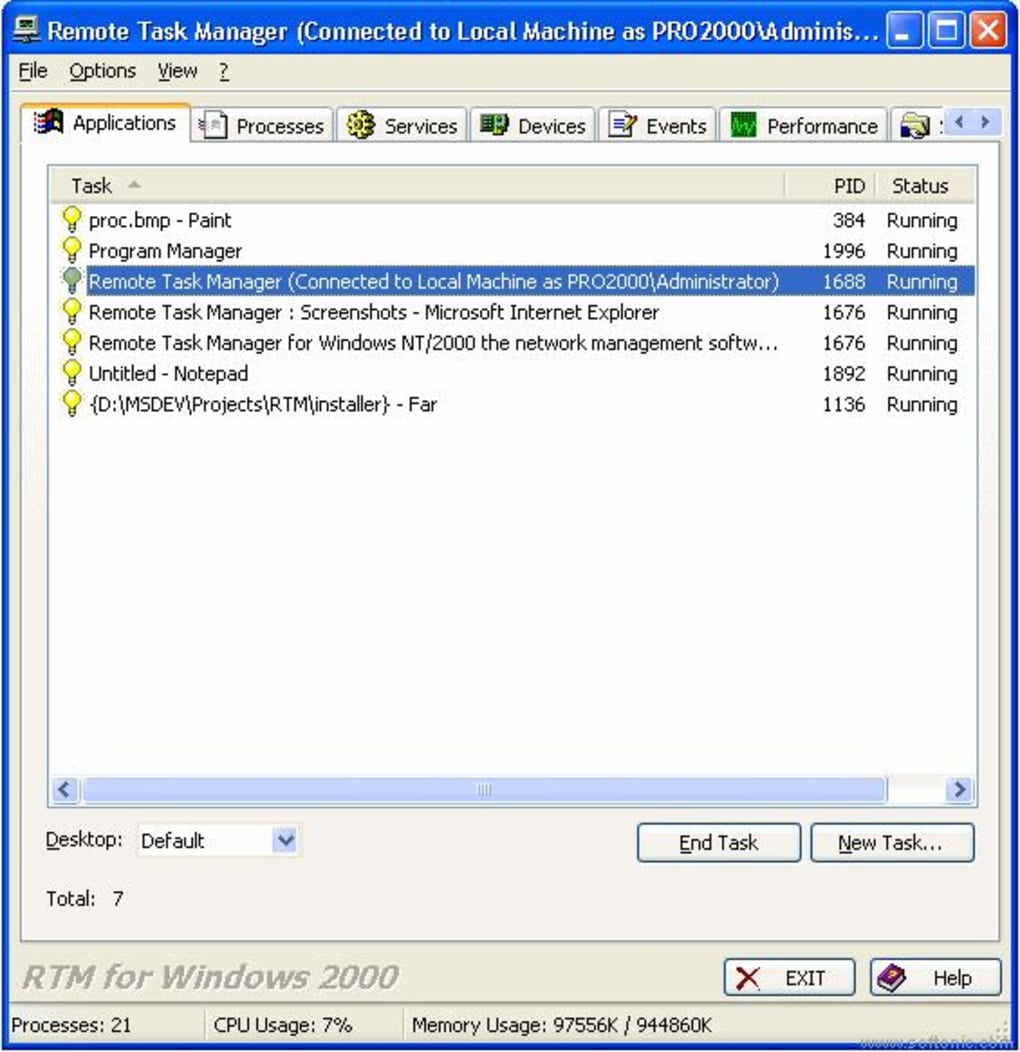

If you’ve ever taken a look at the Services section in Control Panel, you’ve probably noticed that Windows requires a lot of services. RELATED: What Is This Process and Why Is It Running on My PC? Why Are There So Many Service Host Processes Running? And so the Service Host process (svchost.exe) was born. Instead, a shell that is loaded from a executable file is used to host these DLL services. The problem is that you can’t launch a DLL file directly from Windows the same way you can an executable file. From a programming perspective, this makes code more reusable and arguably easier to keep up to date.

Svchost.exe is a generic host process name for services that run from dynamic-link libraries.īut that doesn’t really help us much. Some time ago, Microsoft started changing much of the Windows functionality from relying on internal Windows services (which ran from EXE files) to using DLL files instead.

Here’s the answer, according to Microsoft:


 0 kommentar(er)
0 kommentar(er)
